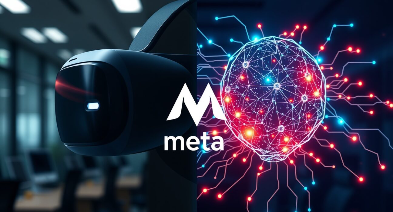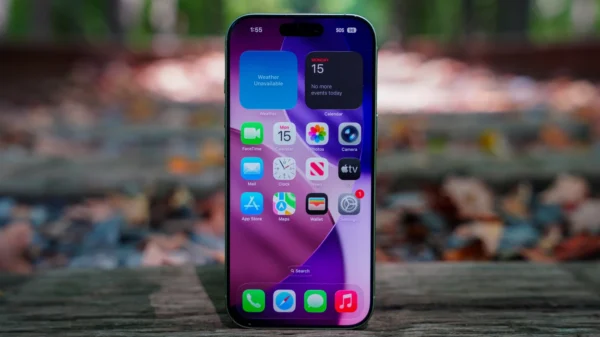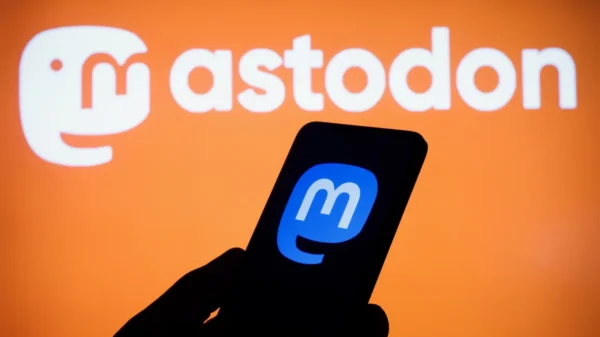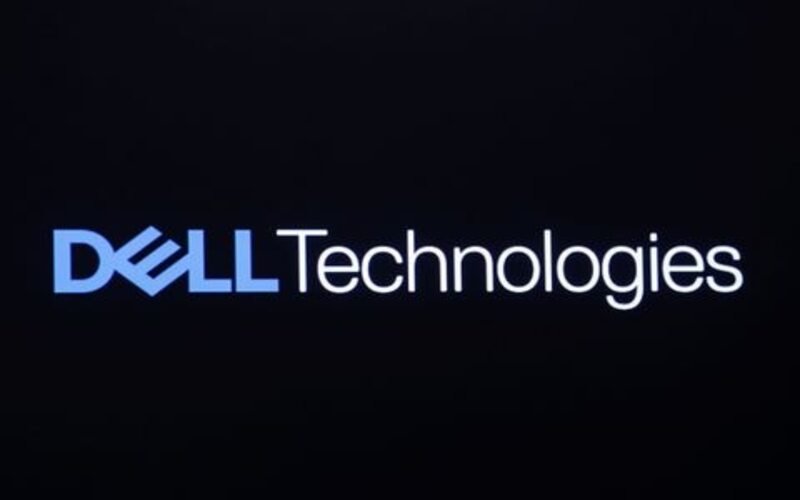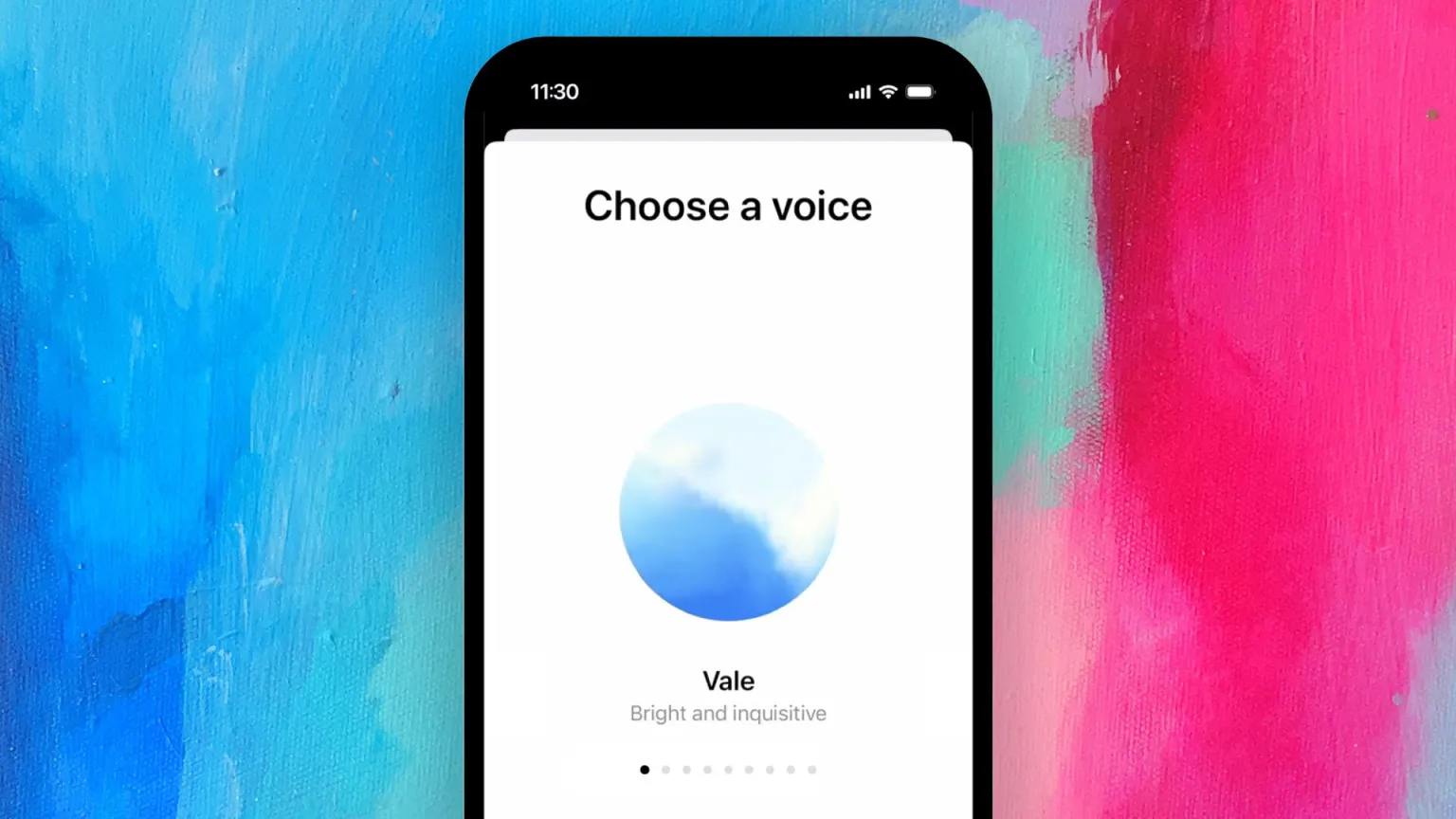The latest version from OpenAI delivers a revolutionary “Advanced Voice Mode” that improves conversational AI, demonstrating their commitment to pushing the boundaries of artificial intelligence. This advancement is a huge step forward for AI-powered voice interactions; it has additional voices, better natural language processing, and a new interface.
Raising More People’s Voices: Embracing Diversity and Inclusion
Adding more voices is one of the most noticeable upgrades to OpenAI’s advanced voice mode. Users now have more options, leading to more tailored and inclusive experiences, thanks to the expansion. Diversity, not quantity, is the focus of this update. In order to appeal to a worldwide audience, OpenAI is working to provide voices with a range of accents, tones, and inflections in an effort to create a more natural connection. In keeping with the increasing need for AI to mirror the variety of the actual world, this move will help people of many backgrounds and locations feel more at home with the tech they use.
The improved voice profiles are also adaptable, meaning they change based on the current discussion. Applications in content production, virtual assistants, and customer support greatly benefit from this since it produces a more engaging and natural user experience.
Enhancements to Natural Language Processing (NLP) for More Natural Dialogue
The improved natural language processing (NLP) engine is the meat and potatoes of OpenAI’s latest voice mode upgrade. Thanks to this improvement, AI can now comprehend subtleties of language and answer human requests more precisely. Included in the upgrade is:
More Relevant and Coherent Replies: The AI has gotten much better at picking up on larger conversational contexts.
Conversations sound more compassionate and natural because to emotion detection, which allows the system to recognize and imitate emotions from voice inputs.
More natural and fluid exchanges, even throughout prolonged discussions, are now possible with this upgrade, in contrast to earlier versions that had trouble keeping context over several turns in a conversation.
These advancements in natural language processing are vital for sectors that depend on interfaces driven by voice, such as healthcare, customer service, and home automation.
An Innovative User Interface for Fluid Communication
The most recent speech mode from OpenAI comes with a brand-new user interface (UI). The goal of this redesign is to provide a more streamlined and user-friendly experience that emphasizes usability. Notable revisions comprise:
A more streamlined interaction flow is achieved by the simplification of navigation, which allows users to more easily access voice choices, customization tools, and conversational history.
Personalized Voice: With the redesigned user interface, users may tweak the AI’s voice to their liking by adjusting its pitch, tone, and speed. For companies that want their brand to be consistent across all of their AI-powered platforms, this degree of personalization is crucial.
A real-time feedback loop lets users know how well the AI understood their input right away so they can make adjustments or refine their interactions based on that information.
Users are more satisfied overall, and newcomers to voice-driven AI systems will find the learning curve shorter thanks to this updated interface.
The Practical Use of AI Voice Assistants
A number of sectors have already begun to notice the impact of OpenAI’s advanced speech mode. It can be used in many different disciplines because of how versatile it is, including:
One. Automated customer support
The latest version from OpenAI helps organizations enhance their customer service operations by offering voices that are more realistic and responsive. Voice systems powered by AI can solve common questions more quickly, freeing up human agents to deal with more complicated problems. Better natural language processing (NLP) means client questions are understood in context, which means less room for misunderstanding and more happiness for customers in the end.
Developing Original Content and Producing Media
Content creators will particularly appreciate the improved natural language processing and the new voice options. Now, audiobooks and podcasts can benefit from AI-generated voices that seem more realistic and interesting. Not only does this help producers save time, but it also gives them an economical option when they don’t have the cash for professional voice actors.
3. Medical Treatment and Assisted Living Devices
Artificial intelligence speech technology is revolutionizing patient relations and supportive gadgets in the healthcare sector. A wider variety of voices guarantees that AI can better meet the demands of users with diverse linguistic preferences and preferences. At the same time, the ability to recognize emotions permits more compassionate communication with patients.
4. Smart Devices and Virtual Assistants
With the proliferation of smart home gadgets and virtual assistants, AI voices must sound natural. Enhancing the capabilities of these technologies, OpenAI’s sophisticated speech mode provides users with an effortless experience that closely resembles human communication.
Looking Ahead: Where Does OpenAI’s Voice Technology Go From Here?
There is no hint of a slowdown in OpenAI’s dedication to improving voice technology. Although this update is a big deal, the real work will be to make AI better at reading and imitating human emotions and actions in the future. Possible enhancements that are anticipated are:
In sum, OpenAI’s Voice Mode is Revolutionizing the Industry.
When it comes to conversational AI, the most recent developments at OpenAI have raised the bar. This upgrade takes AI to the next level in a variety of practical contexts by adding more voices, better natural language processing, and an updated user interface. We are getting closer to a future where human-AI connection feels really natural because of OpenAI’s dedication to innovation, which will impact the future of voice-driven products as AI evolves.

